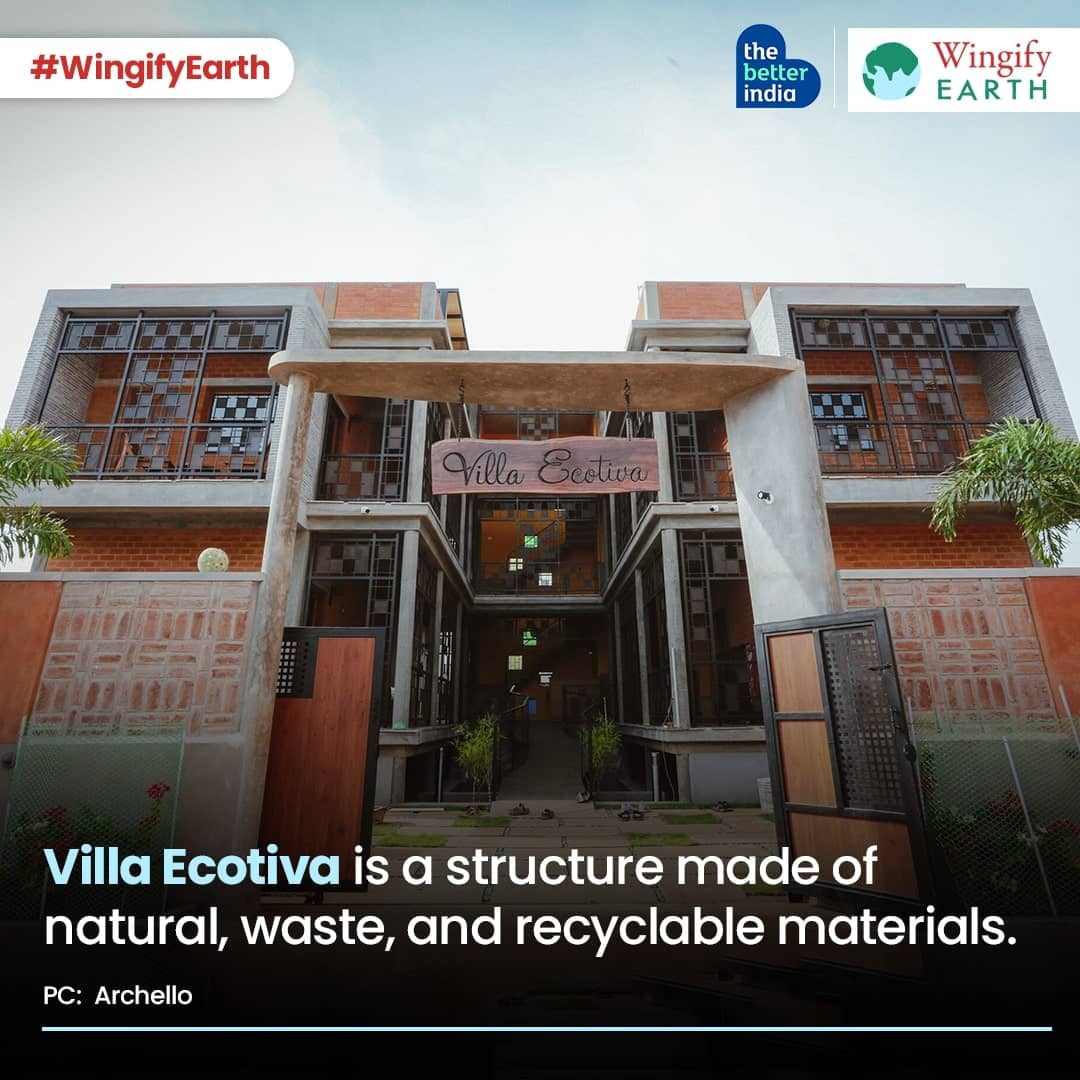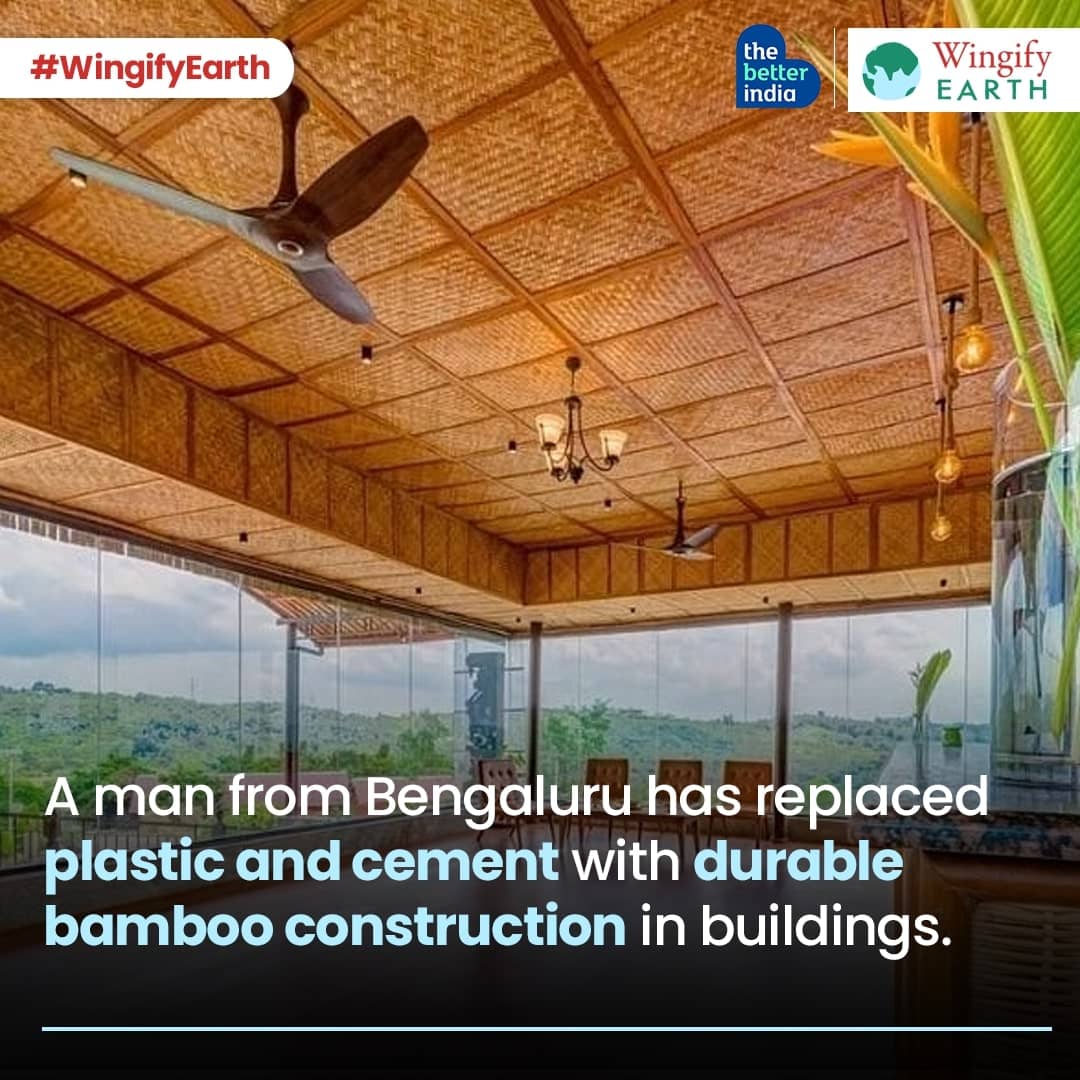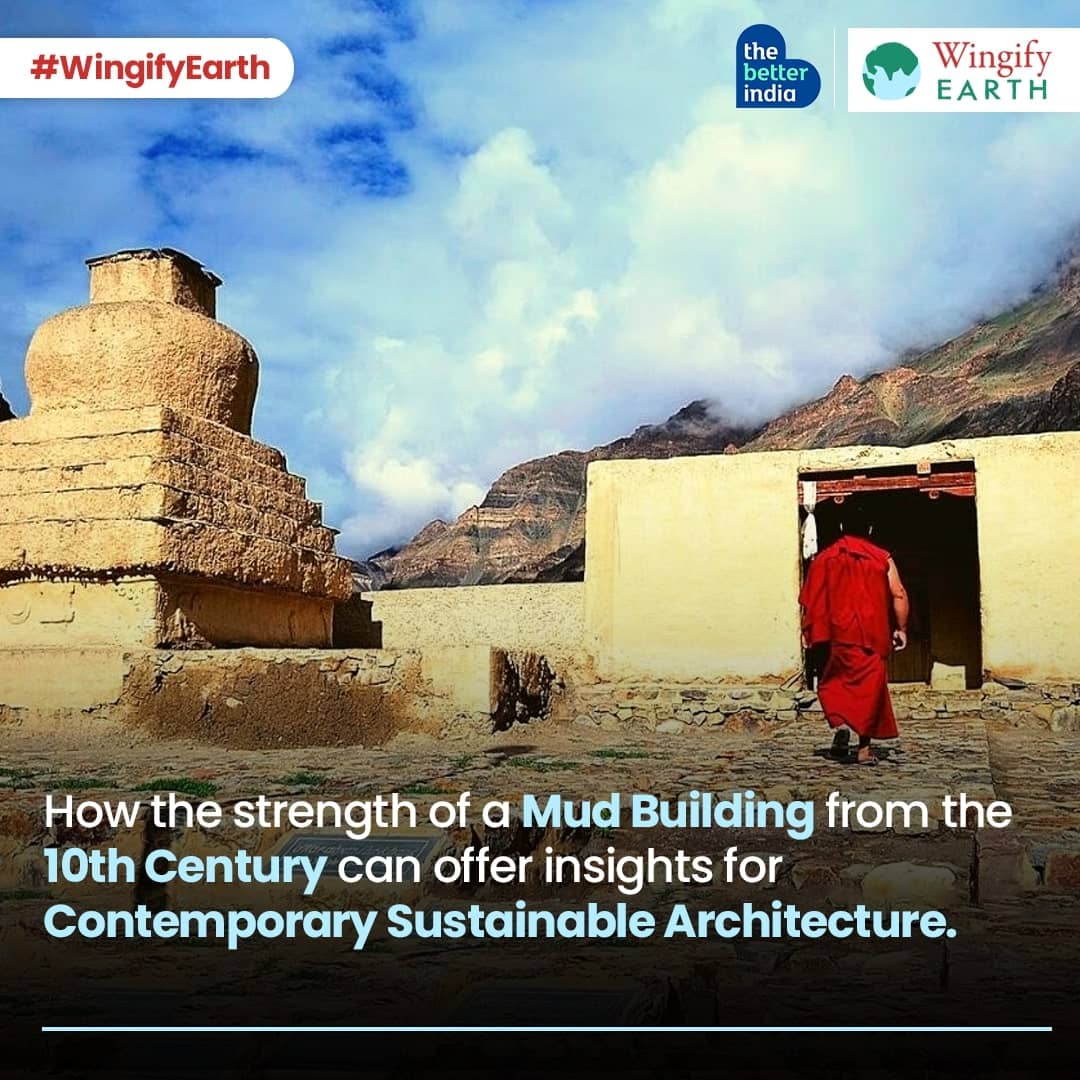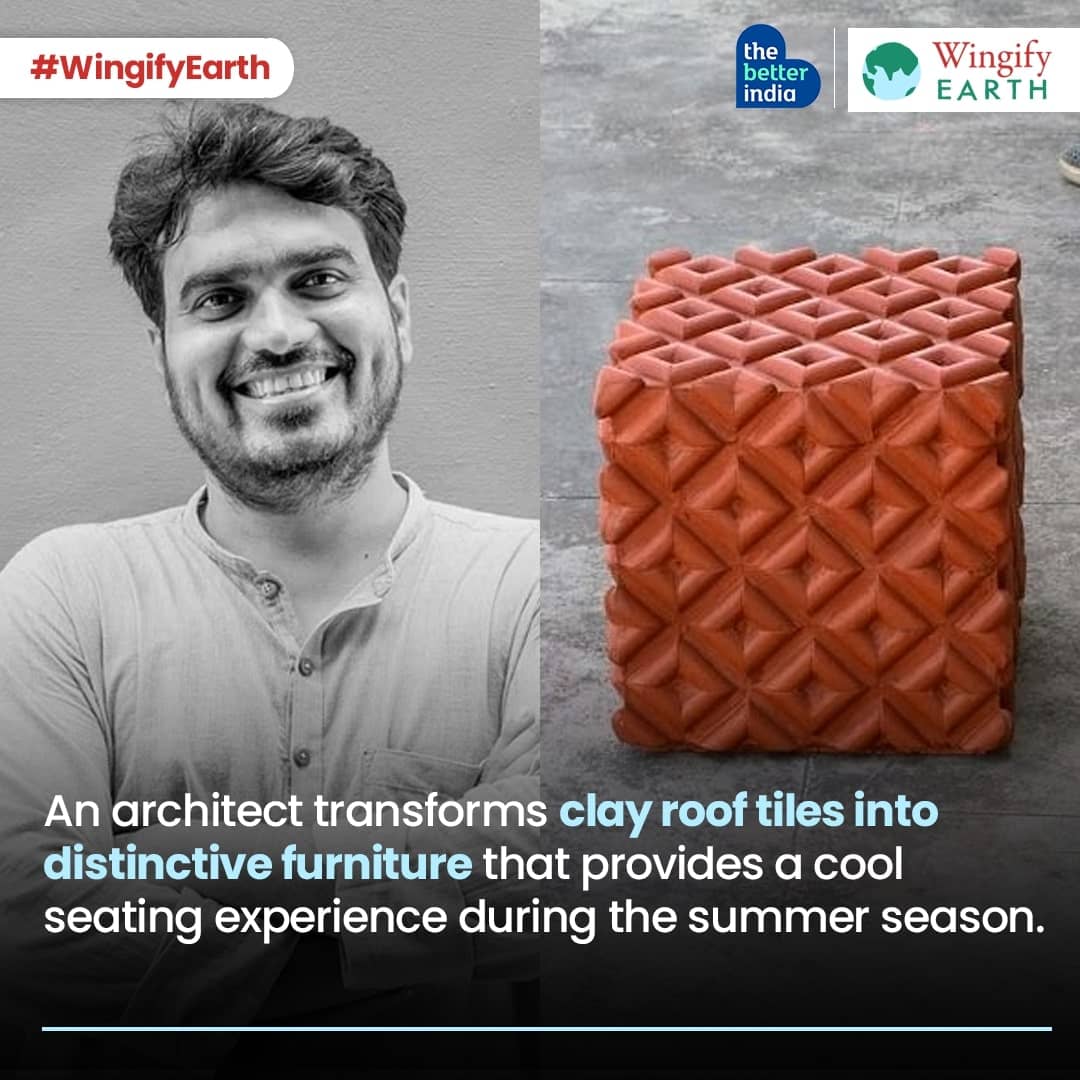This post is created by The Better India and sponsored by Wingify Earth.
Sustainable living involves adopting eco-friendly choices, from food to housing. While this trend seems new, sustainable architecture and design have a rich history of marrying ancient building techniques with modern technology.
One such example is cob, a natural building material made from raw earth, water, and fibrous materials like straw. Cob buildings have been used for centuries across the world — from the shores of the Nile river in Egypt to the Andes Mountains in Peru and the peak of Tibet — and are energy efficient due to good thermal mass.
The Tabo mud monastery in Spiti Valley, India, is an impressive example of a cob structure that has withstood centuries of extreme weather and natural disasters. However, climate change and increased rainfall threaten its preservation, highlighting the importance of sustainable building solutions that meet present needs without compromising future generations' ability to meet their own.
The UN World Commission on Environment and Development encourages such solutions, emphasising the use of natural resources to create innovative sustainable techniques that complement ancient earthen structures while improving their overall strength and durability.
#WingifyEarth encourages such proactive actions to safeguard the environment and keep it clean.
#WingifyEarth in partnership with 'The Better India'






Leave A Comment
Your email address will not be published. Required fields are marked.